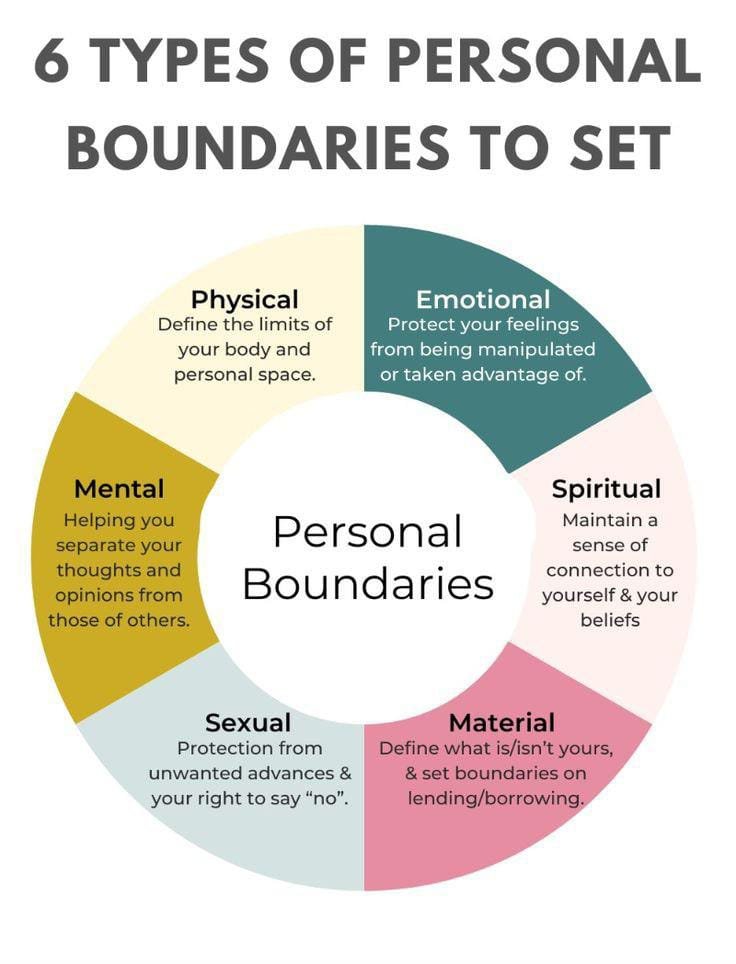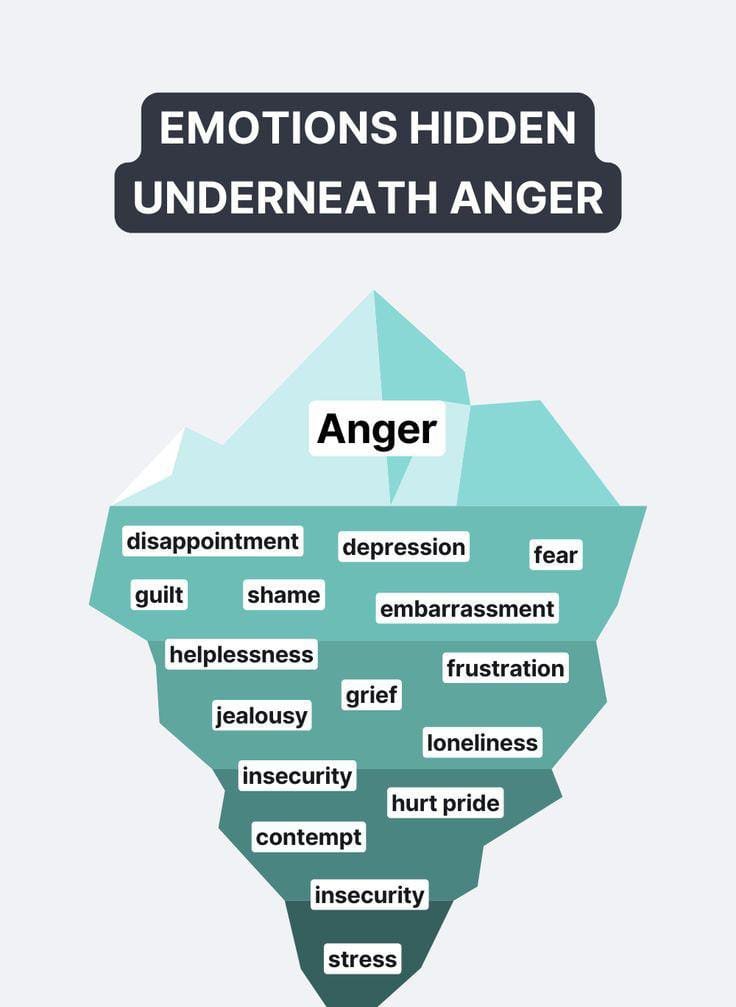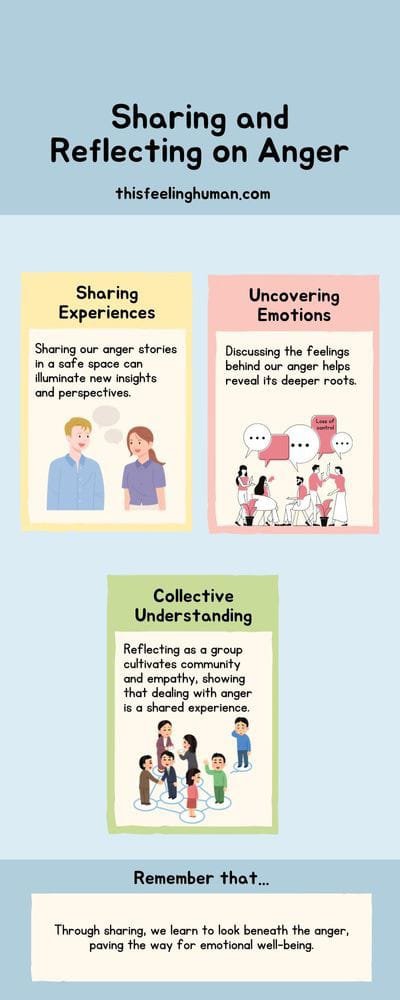It hinges on being able to control one’s aggression to establish healthy relationships and maintain one’s well-being. This blog on aggression explores the nature of the behavior, the triggers it holds, and some easy tips on how to manage your aggressive tendencies. Aggression is likely to take various forms, and verbal expression, sometimes in combination with passive-aggressive behavior, may find its sources in stress, frustrated feelings, or unsolved problems within.
First, you have to determine what kind of aggression is characteristic of you. Some common triggers for aggressive behavior would include stressful environments or effective communication breakdowns. From there, you can really take control and respond appropriately. A journal can record emotional responses and track progress over time.
The techniques that would give control over aggression include mindfulness techniques, such as deep breathing and body scan, which may help handle the nervous system. Using “I” statements when communicating promotes open communication without blame thus easily explaining feelings.
Physical exercise is another wonderful outlet inasmuch as endorphins released during it elevate one’s mood and help dissipate stress. One might find a healthy outlet through art or writing so as to express one’s feelings without causing harm to another. One can set up boundaries with people to prevent putting oneself in a position that may make them violent.
For those with aggression, which is ongoing sometimes, professional help may add more tools to control the emotion. Building an amicable network of friends or attending support groups would help to enhance people’s understanding and encourage their journey.
Finally, developing sympathy helps alter the way of viewing things; hence you will have fewer chances to react angrily rather than to aggressively. This then will help transform aggression into a motivational force in your life through enhancing the quality of emotional and social life.

How to Control Your Anger: Simple Techniques for a Well-balanced Mind
Aggression is one of the nature’s emotions in human beings that everyone experiences sometime or the other. However, controlling it becomes necessary for maintaining healthy relations and a peaceful life. Thus, this blog would discuss the nature of aggression, its causes, and practical techniques for its constructive control.

Aggression Nature
It comes in various manifestations, like yelling or violence, but could be covert also. More commonly, though, aggression starts as an expression of frustration, impotence, or threat. Distinguishing between appropriate assertiveness and destructive aggression is also key. Since assertiveness always includes clearly stating how a person feels and his or her needs, this act, although inappropriate, causes damage in emotional or even bodily form, either to one’s own person or another.
Types of Aggression
Direct Aggression: One can openly communicate anger, which results in a fight.
Indirect Aggression: For instance, a sarcastic remark or no talking at all.
Emotional Aggression: This arises from intense emotions. Such as fear or anxiety and is not a planned movement.
Knowing the kind of aggression one is experiencing can help track what is causing it, thereby helping in finding ways of how to control it or better manage it.

What are Triggers?
To tackle aggression, first, identify the triggers. The most common among these are as follows:
Stressful situations: Pressure situations in homes or workplaces can induce irritation.
Feeling unheard or misunderstood: Break in communication often provokes frustration.
Personal problems: Past trauma or unresolved feelings can make people more sensitive to affronts.
Keeping a journal may be helpful in noting patterns and monitoring your responses towards emotions. Record incidences when you felt aggressive, what prompted it, and how you reacted to that situation. With this journaling habit, in time, you will better sense your feelings and reactions.

Methods for Managing Aggression
1. Mindfulness practice
Mindfulness is staying in the present and fully participating with your thoughts and emotions without judgment. It gives you the insight of realizing when you are having those aggressive impulses before they are out of hand. Try these mindfulness techniques:
Deep Breathing: When anger is rising, take time to breathe deep. Take four counts for inhaling, hold it for four counts, and exhale for six counts. Do this a few times and calm your nervous system.
Body Scan: Focus on all the parts of your body; you will know where you hold your tension. This awareness may help you release the physical signs of anger.

2. Use “I” Statements
Use “I” statements when you talk about the feelings so that the discussions are not confrontational. For instance, where a person says, “You never listen to me,” transform that to: “I feel frustrated when I am not listened to.” This is about feeling, and not accusing anyone so that they can easily hear out your opinion.

3. Be Active Physically
Exercise is a constructive outlet for the expression of aggression. Exercise decreases the stress that occurs from work by the release of endorphins that raise your mood. The following can be incorporated into your workout routine:
Aerobic Exercise: These include running, cycling, and swimming. These activities reduce tension the most.
Yoga: It is an exercise with movement that includes mindfulness; it will help you root your emotions.

4. Constructive Outlets
It is essential to learn healthy ways to express and release anger. The following are some ideas:
Creative Expression: Write, paint, or play music to work through your feelings.
Talking It Out: Sometimes talking with a trusted friend or therapist helps you get your feelings sorted out.

5. Setting Boundaries
That prevents them from setting healthy boundaries about learning can prevent situations which can lead to aggression. If there is a topic that always triggers you, or specific behaviors, tell people what your boundaries are. For instance, during a discussion with a friend, if arguing easily falls into politics, you both should discuss avoiding the issue.

6. Seek an Expert
If you feel that aggression is indeed an important influence in your life or relationships, take one of the actions: consult with a mental health provider. Therapy will provide you with tools for emotion regulation and contributing issues to aggressive acts.

7. Consider reflecting back on past experiences.
Sometimes understanding what makes you aggressive is not easy. Go through some of your previous experiences especially those that helped form an emotional response towards any person. Recognizing a pattern helps you to change in the next similar scenario.

Building Your Support System
This means that managing aggression is partly creating a supporting environment around one. Surround yourself with people who understand your journey, and you can easily give each other encouragement. In this regard, support groups can be helpful since here you share experiences and learn from others facing the same challenges.
Empathy Finally, empathy can be significantly reduced in aggressive responses. Make an effort to see from other people’s perspectives. When you understand what people are motivated by or when they are struggling, then it becomes easy to come back with compassion instead of aggression.

Conclusion
Managing aggression is an art of self-awareness, patience, and practice. Knowing that your aggression has a certain nature, what triggers you, and having a real approach to change creates more healthy emotional responses. Regardless of how bad things seem, asking for help doesn’t make anyone weak, but it does mark growth in people and their relationships. Take the journey; enjoy the small victories. With practice and patience, you can transform aggression into a channel of positive influence and not a source of conflict.























Thank you for your sharing. I am worried that I lack creative ideas. It is your article that makes me full of hope. Thank you. But, I have a question, can you help me?